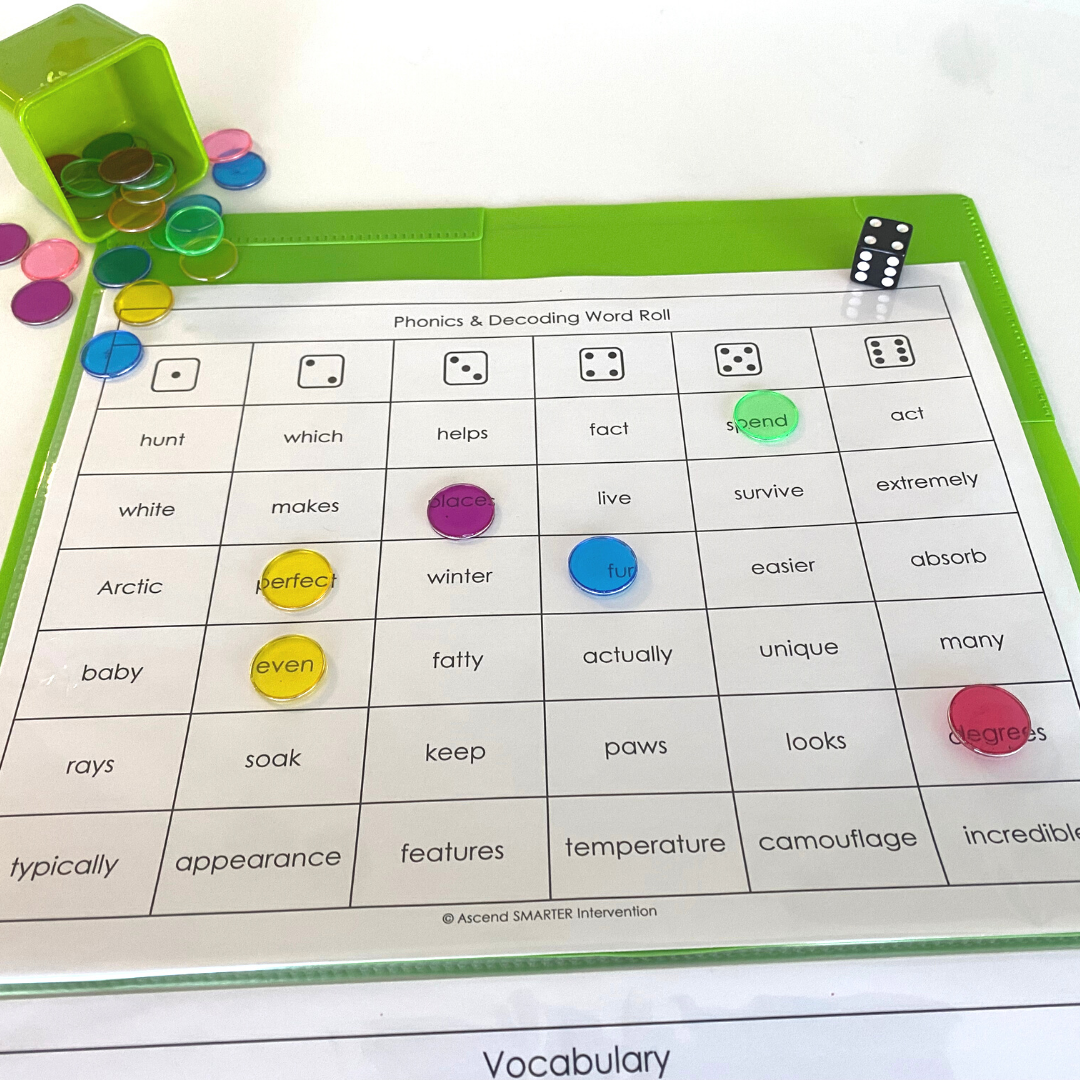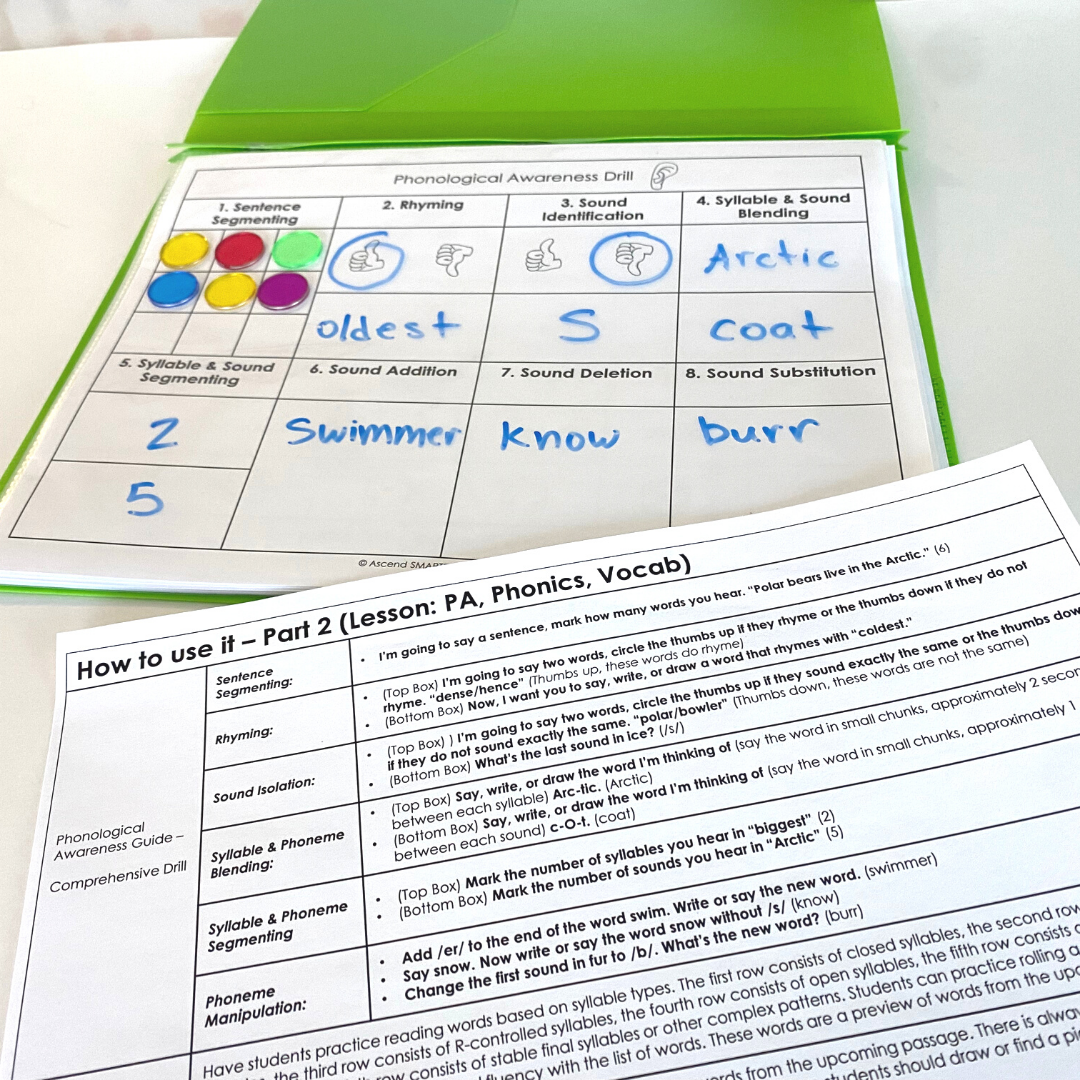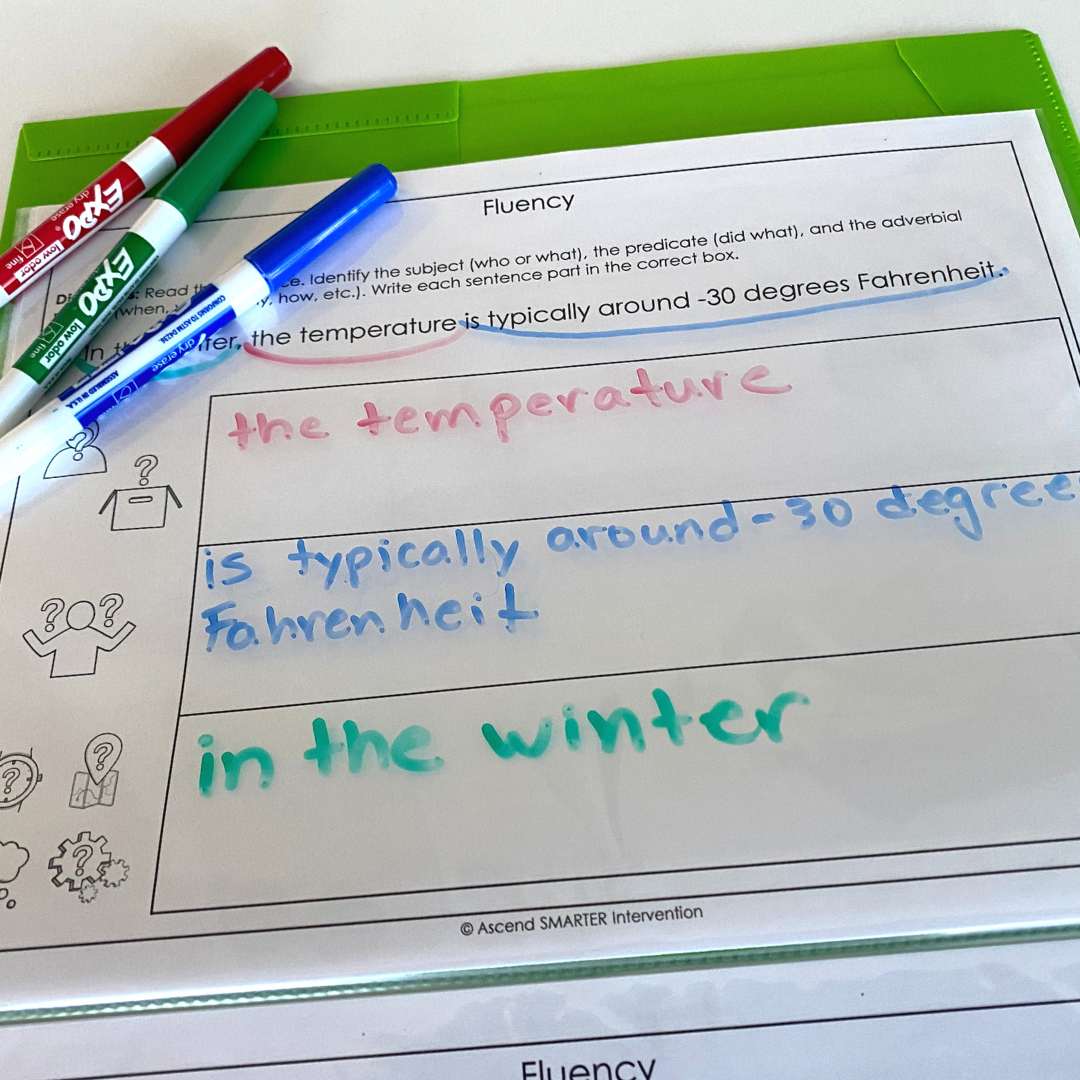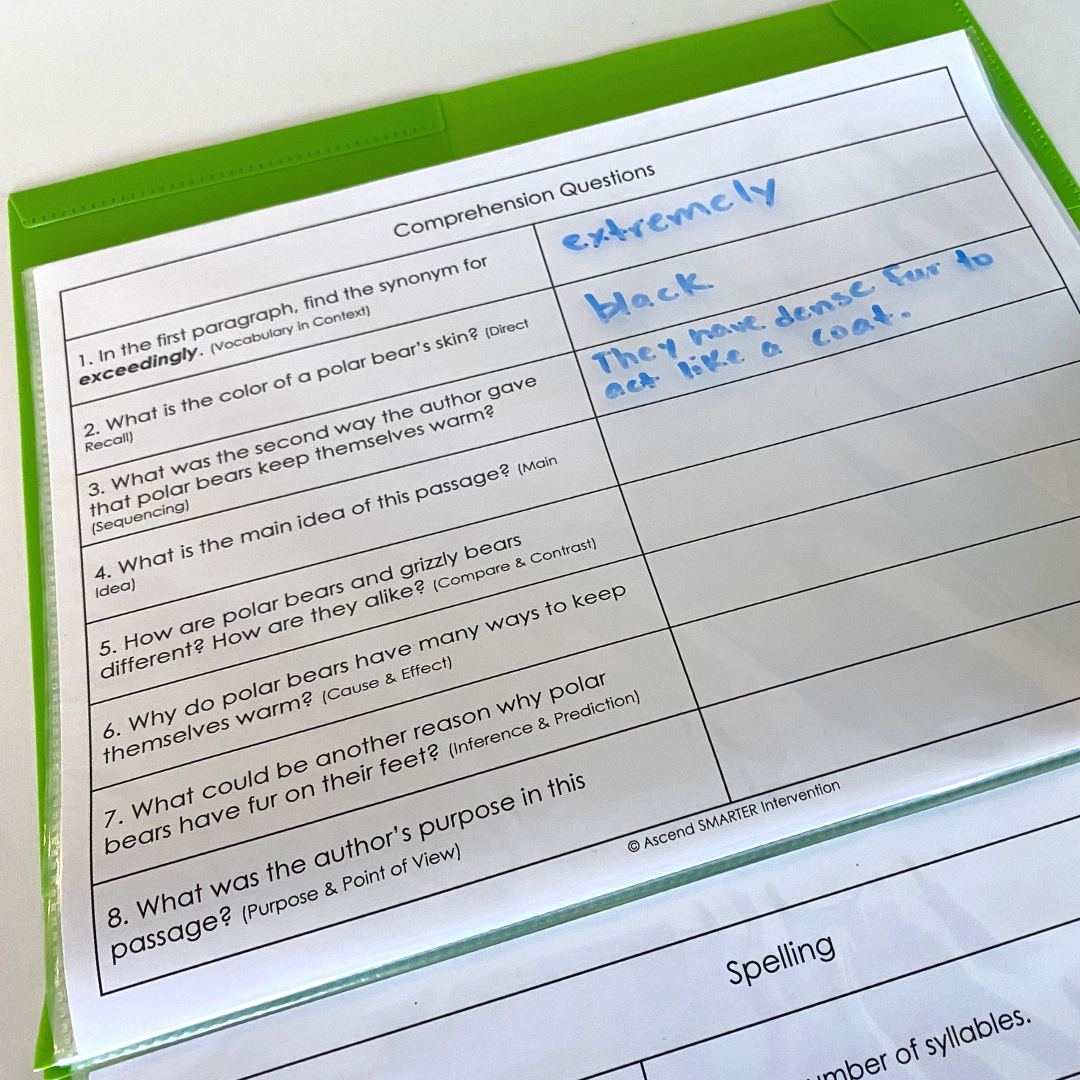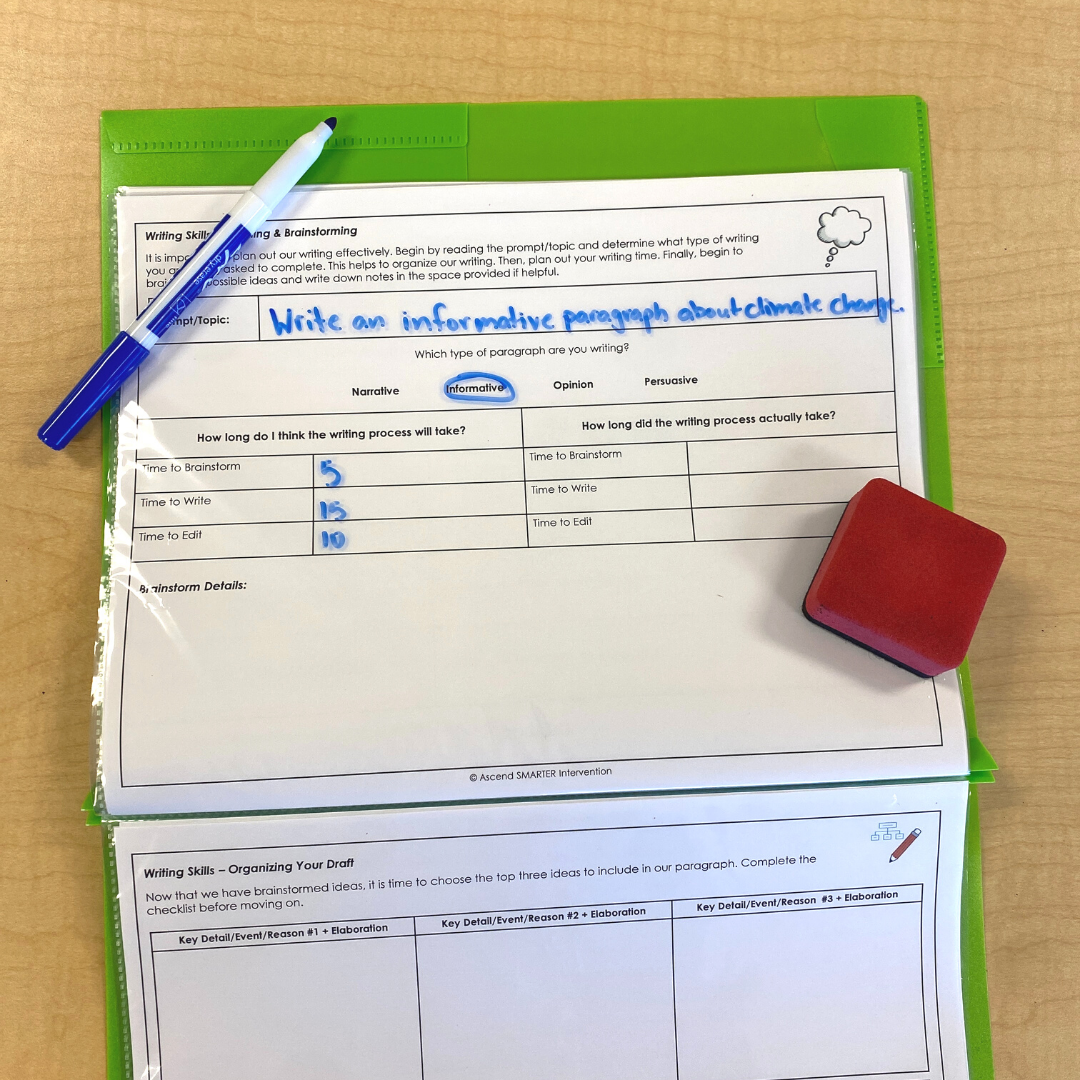How To Use Your Students’ Interests to Improve Their Literacy Skills
Raise your hand if you’ve ever had a student tell you that your instruction is boring.
This past year, we were doing everything we could to keep students excited during our literacy lessons. Especially when reading and writing are often the hardest tasks for them.
Today, we want to share a strategy that worked really well for us & our students.
How we get students excited about what they are learning —
When students would rather be doing anything other than reading, we need to get creative when we present reading tasks to them.
When working with a hesitant student, we look for subject areas that they enjoy.
Do they like to talk about science? If so, we find or write a science passage for them to read. Do they enjoy building things with LEGOs? Great! Let’s pull vocabulary words and passages that talk about the history of these little plastic blocks.
The more excited we can get students about what they are learning about - the more they are going to learn.
Once we have an engaging subject - we build our literacy activities around it.
We know that we need to target phonological awareness, phonics, vocabulary, fluency, comprehension, and writing if we want to fully support students’ literacy development.
So, we’ll take a passage about a fun topic and then create PA prompts, phonics word lists, vocabulary words, phrasing fluency tasks, comprehension questions, spelling lists, and writing prompts that align with that subject. Let’s break it down.
Step 1 - Find or write a short passage about the high-interest topic
Here, we wrote a short passage about polar bears. This passage is the base for the entire lesson so when we are creating a lesson, we always start by writing (or finding) the passage we will use.
Step 2 - Pick words from the passage that your students will use to practice their decoding skills
We like to organize our words by syllable types so that we can make sure students are practicing and reviewing those skills. We also like to gamify our instruction wherever possible to keep it fun for our students!
Step 3 - Pick words from the passage that your students will use to practice phonological awareness skills
We have a 10-part drill that we like to use with students that hits on all the key phonological awareness skills including sentence segmenting, rhyming, sound identification, syllable blending, phoneme blending, syllable segmenting, sound segmenting, and sound manipulation.
Step 4 - Pick words from the passage that your students will use to practice vocabulary skills
Our goal is always to pick high-utility vocabulary words that students can practice using a vocabulary framework. You can learn more about our strategy for picking vocabulary words here.
Step 5 - Pull sentences from the passage that your students will use to practice fluency skills
We typically pick one to two sentences for students to practice phrasing, reading to the punctuation, self-monitoring, and prosody and intonation. Sometimes for beginning or struggling readers, starting with a full passage to practice building fluency is overwhelming and so by breaking it down, students preview the text and have the opportunity to practice fluency at the sentence level.
Step 6 - Write (or use) comprehension questions designed to target the five levels of reading comprehension
You can read more about the 5 Levels of Comprehension here. It is important that if we are using questions that were provided with the passage we are making sure students have an opportunity to answer questions across each of the levels of comprehension.
Step 7 - Create writing prompts that align with the topic
This is an optional step but is a great way to incorporate the reciprocal writing process into your instruction. We like to create a narrative, informative, opinion, and persuasive prompt to allow students to choose a prompt that is most exciting to them.
This allows us to break down walls by engaging students in topics they enjoy.
We will have students pick a relevant topic from the units we’ve already created or we’ll come to the lesson with a topic we know they’ll enjoy. Once we get them bought in, we can frame each of the activities as a way to learn more about topics that interest them.
You may be asking - “How do I get started with this?”
If you’re looking for a place to start, we encourage you to ask your students! What do they enjoy talking about? Once you know what interests them, you can create or find passages that feel exciting and get them bought into your lesson.
If you are in a classroom or large group setting, you could consider having a “student of the week” who picks the topic for that week. Then, another student’s name is pulled for the following week. That way, all students feel like their interests are represented in your classroom community.
If you aren’t able to use a specific student’s interest every week, can you vary your topics so they more broadly hit different areas of interest? For example, can you use a science theme one week and history the next? Maybe in the third week, you read about a new video game or an athlete. This way, students with different interests still feel like the material is exciting.
This strategy is a game-changer.
If you want to try it out to see how it works, we have GREAT news!!!
You can grab our polar bear units for free by clicking here!
We break these units down by level (Orange = grades K-2, Teal = grades 3-5, Navy = grades 6+) so that we can use them with each of our different intervention groups. And, even better news, if you don’t have time or don’t want to make your own, we have a collection of themed units we’ve built for our students available in our 5-Core Components of Literacy Activity Library.
We call these our “Fast 5” units because they are designed to target the five core components of literacy (and writing!) in a quick unit that centers around science, social studies, arts & culture, or literacy topics. We have units about everything from Pokemon to Apollo 11, Eleanor Roosevelt to the history of volleyball, and more. Check them out in our 5-Core Components of Literacy Activity Library below! Use the button below to learn more & get 50% off your first month!
To learn more about how we use student interests to promote literacy skills, check out the video below.



